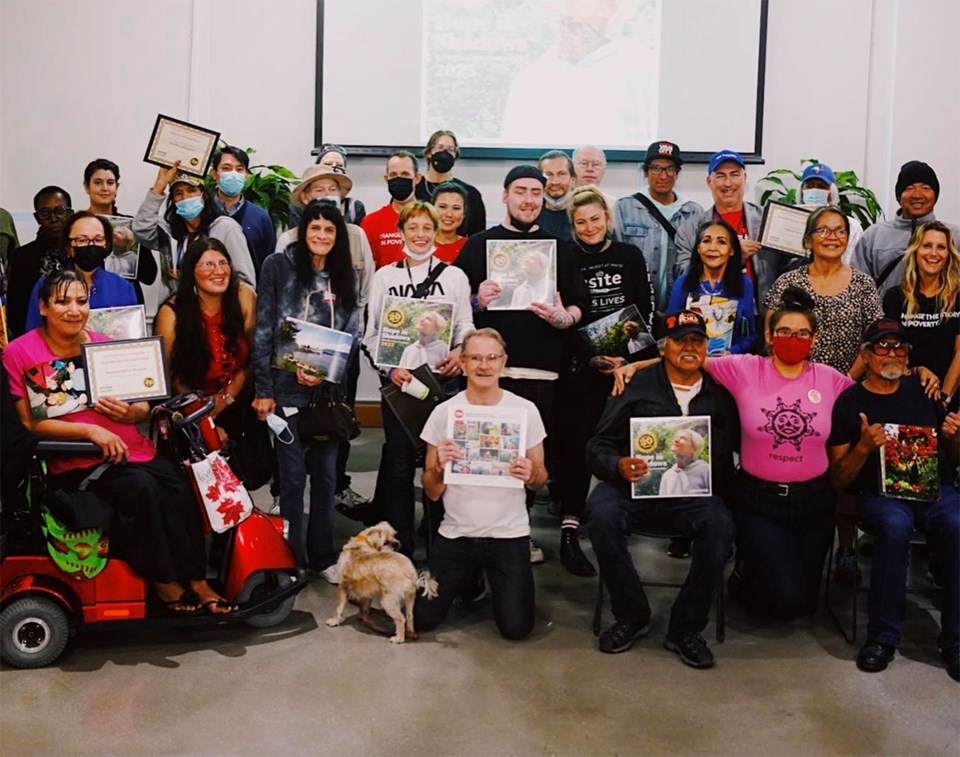When a close relative of mine died as a result of substance use disorder in Vancouver's Downtown Eastside (DTES) in the 1990s, the only reason we found out about it was that our family had hired a private detective to try and find him. Instead of reuniting us, they eventually came upon his death certificate.
He disappeared from our lives years prior, making his way from a rural existence to the city after a life filled with alcohol and drug abuse. He died alone in his room at the SRO he lived in on East Hastings.
The City of Vancouver's former Homeless Advocate Judy Graves tells me that the Grand Union, where he lived, was at that time known as a "drinker's hotel," and that most, if not all, of the tenants were men.
When he died they (we're not sure who "they" are, as we were given such little information) cleared the room out of what little belongings he had, and all we were left with were his ashes to bury.
At the time of his death, harm reduction had not yet become a part of the wider, mainstream conversation around substance use disorder, and I sit here today wondering if he had been experiencing what he did present-day if his story may have ended differently.
This week a new study headed up by UBC Geography grad student Kevin Hu was published, showing that the chances of dying from drug poisoning is 30 per cent higher for people living in rural areas of B.C. than in urban centres. In some more remote areas, it's as high as 50 per cent more likely.
The study shows that while Vancouver's DTES has a higher number of total deaths from it due to the density of drug users in the area, the chance of people actually dying from drug poisoning is far lower than anywhere else in the province.
They conclude that it's likely due to a lack of access to harm reduction services in rural areas, combined with the contamination of the illicit drug supply with fentanyl which is happening everywhere.
If you've spent any time in the DTES you know that many locals who aren't drug users carry Naloxone kits in case they see someone suffering from drug poisoning. I can't say that most people carry it, but many do.
The area has multiple supervised consumption sites which work to prevent fatal drug poisoning at the acute level, as well as the three other pillars; enforcement, treatment, and prevention, listed here in what many believe to be their order of effectiveness, from least to most.
The neighbourhood where I live isn't far from the DTES geographically, however, the distance in awareness around what to do for someone when we see them suffering is immense.
My opinion is that one of the other reasons you're less likely to die of an overdose in the DTES is incalculable by any study - it's the fact that the community actually cares, and its collective heart is huge and resilient. The threads that hold the neighbourhood together are stronger and more tightly knit than any in the city.
I've made some mistakes in writing about the DTES in the past, but over the past few years I've been reflecting, learning, and making an honest attempt to give a voice to more people who live there, and having our reporters cover it more. And fairly.
Every neighbourhood in Vancouver should look to this one for a model of how humans might take better care of each other.



